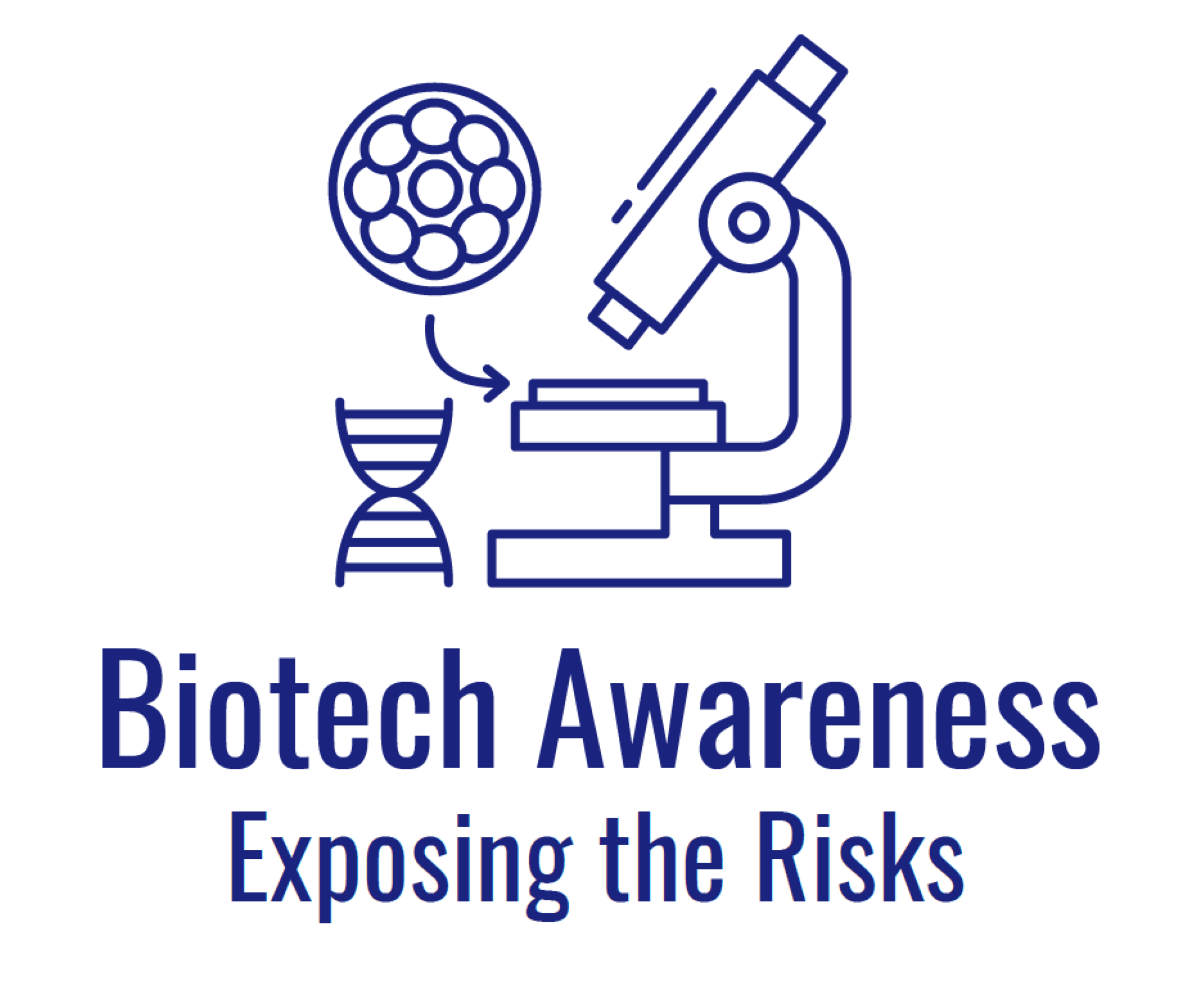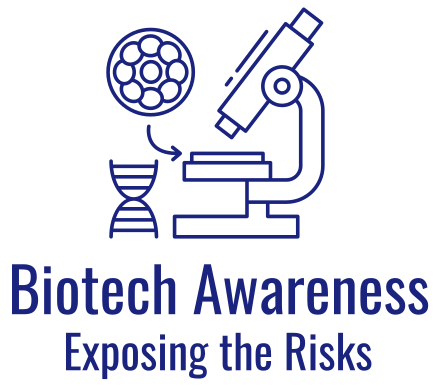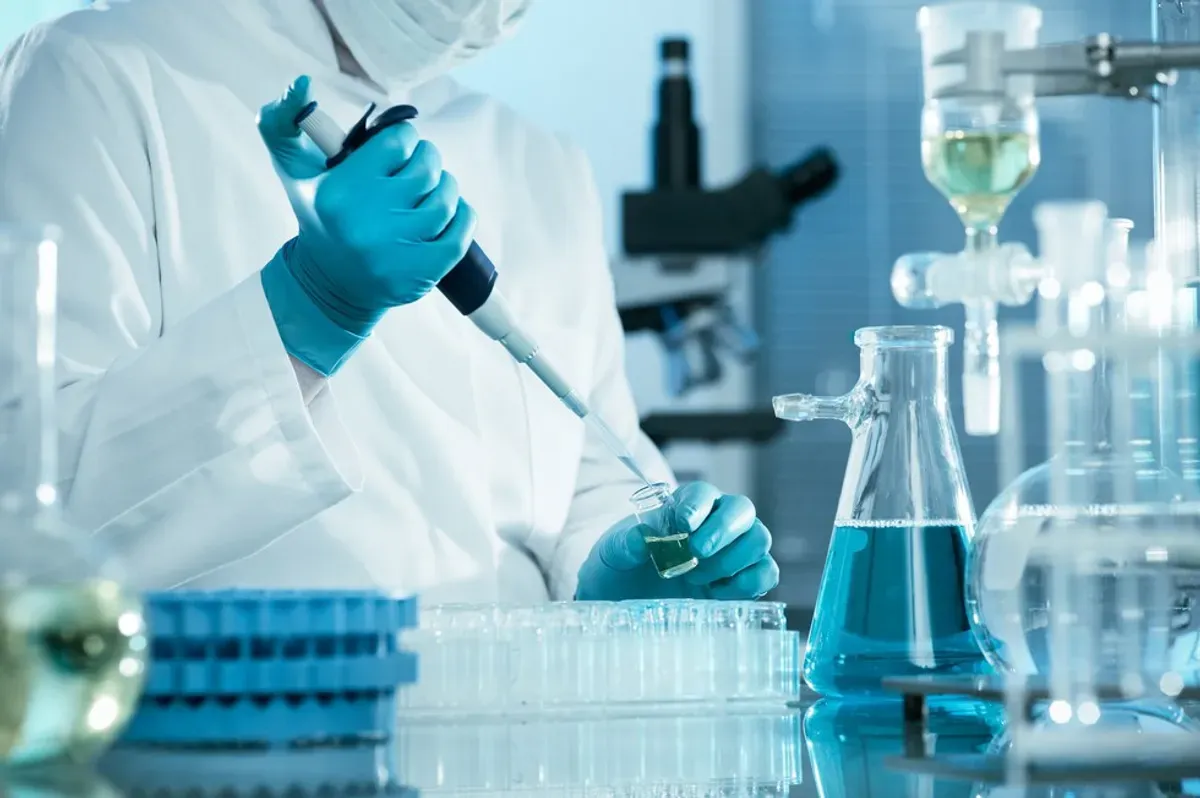STORIES
ABOUT THE BIOTECH INDUSTRY AND LABORATORY ACCIDENTS
This section is used to share personal stories of people who have been injured or killed in laboratory accidents or harmed due to exposure to pesticides and other biotech products in their homes, schools and businesses. We will update this section frequently to tell their stories and raise awareness.
You should also view the Memorial Wall, compiled by the Laboratory Safety Institute, which has a list of employees killed in labs since 1767.
Be sure to read about the multiple lab accidents at CDC labs.
Jeannette Adu-Bobie was a British scientist who contracted meningococcal disease while working in a Wellington laboratory in Porirua, New Zealand, in 2005. Dr Adu-Bobie spent several months in the hospital and had both legs, her left arm and the digits of her right hand amputated. Four years later, in 2009, Dr. Adu-Bobie received an apology from the Labour Department which finally admitted that she was probably infected during her work at an Environment Science and Research laboratory in Porirua in 2005.
David Bell was an Assistant Researcher/Microbiologist at Agraquest, Inc. in Davis, California. He became ill after exposure to microorganisms at his workplace. His symptoms included nausea, severe headaches, bloody pus draining from his nose, and the left side of his face and teeth were numb. Sandi Trend, mother of David Bell, has spoken out publicly about the criminal conspiracy and conflicts of interest in David's case.
Donna Bird, and hundreds of other people in New Zealand, were injured when a pesticide named BTK foray 48B (a genetically modified bacteria names Bacillus thuringiensis subsp. kurstaki) was sprayed over their location during aerial spraying to try to eliminate the painted apple moths. Donna and her family became ill, along with hundreds of other residents.
Preston Brown was tasked with synthesizing and performing tests on a new compound, a derivative of nickel hydrazine perchlorate (NHP). The compound contained clumps so he attempted to break it up using a mortar and pestle. As the pestle pressed against the compound, it detonated. Preston's left hand was severely damaged by the force of the explosion, causing the loss of three fingers, perforation of his eye, and cuts and burns to other parts of his body.
Michael Casadaban was a highly experienced Harvard-trained microbiologist working with a supposedly “safe” strain of Yersinia pestis, the bacterium responsible for Bubonic plague. His aim was to create a vaccine to protect against plague. He contracted the disease, dying within days of exposure at the University’s Bernard Mitchell Hospital on Sunday, September 13, 2009.
Becky McClain worked as a microbiologist for Pfizer where she developed a new technique for introducing novel genetic segments into viruses. Then she was appointed to the company’s health and safety committee where she took her job seriously -- raising issues that infuriated company officials. This lead to personal attacks against her. Then she got sick along with several other scientists at the Connecticut lab.
Sheri Sangji worked on a chemical synthesis in a lab at the University of California, Los Angeles. She was using was tert-butyllithium (t-BuLi), which ignites spontaneously in air. She was transferring a total of 160 mL of t-BuLi solution using a 60 mL plastic syringe. The plunger came out of the syringe barrel and the t-BuLi was exposed to the atmosphere which started a fire. Sheri died from her injuries.
Karen Wetterhahn was pipetting a small amount of dimethylmercury under a fume hood in her lab at Dartmouth College when she accidentally spilled a drop or two of the colorless liquid on her latex glove -- causing mercury poisoning. The level of mercury in Kareen’s blood was too high—800 times the normal level—for doctors to save her. She went into a coma and died on June 8, 1997.


